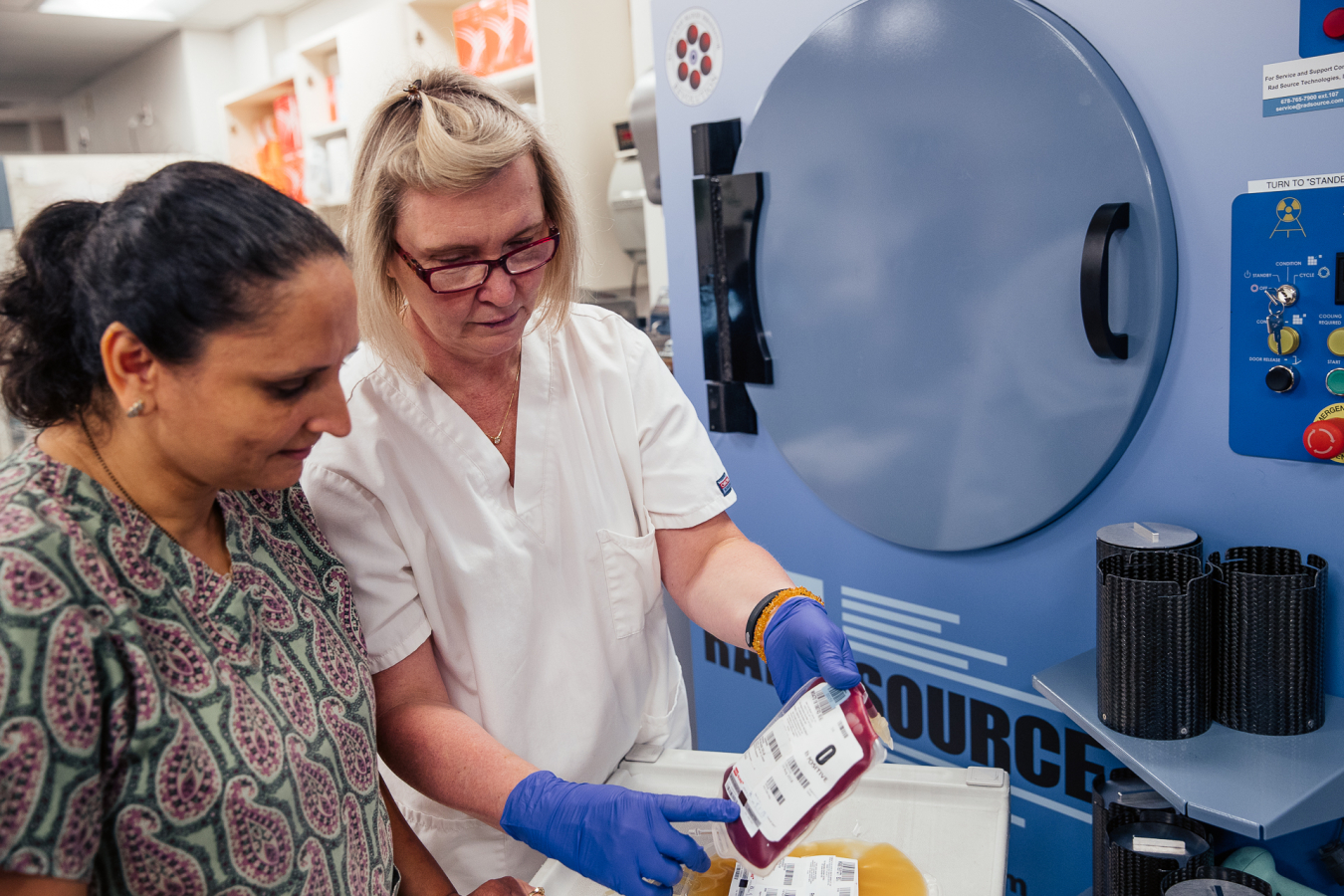RadSecure 100, a new initiative from NNSA’s Office of Radiological Security (ORS), aims to remove radioactive material from facilities where it can and improve security at the remaining facilities. It is focused on 100 metropolitan areas across the Nation
National Nuclear Security Administration
September 2, 2021
RadSecure 100, a new initiative from NNSA’s Office of Radiological Security (ORS), aims to remove radioactive material from facilities where it can and improve security at the remaining facilities. It is focused on 100 metropolitan areas across the Nation.
“Radioactive materials can be used to do a lot of good: treating cancer, irradiating blood, searching for oil, and ensuring buildings are constructed safety,” said Kristin Hirsch, the Director of ORS. “But if a terrorist obtained these materials, they could set off a radiological dispersal device (RDD), or ‘dirty bomb.’ In a big city, that could have devastating consequences. RadSecure 100 works to eliminate that threat.”

The initiative focuses on enhancing radiological security in facilities in 100 U.S. cities that contain the highest priority materials, including:
- cesium-137
- cobalt-60
- americium-241
- iridium-192
RadSecure 100 will reduce risk by replacing the material or securing it. It will:
- Replace radiological devices with alternative technologies that do not require a radioactive source and, removing any unneeded sources.
- Improve the security of radiological facilities and mobile sources.
- Work with law enforcement to plan and train how to respond in case of theft.
Removing the threat
ORS works with local governments, businesses, medical and educational institutions, and non-profit partners to reduce risk by removing the highest risk radioactive materials.
- The Cesium Irradiator Replacement Project will help businesses that choose to replace cesium-137 irradiators with other technologies, like X-ray.
- The Off-Site Source Recovery Program provides removal, transportation, and safe and secure disposition of high-activity radioactive sources – including cesium-137 irradiators.

Securing what’s there
If ORS can’t eliminate the risk, it works to make the material more secure. It provides an assessment of the facility’s existing security and supports enhancements and training to address a range of threats.
The office continues to develop strategies and tactics to address new and emerging threats, such as cybersecurity, for all ORS partners and facilities that use high-activity radioactive sources.
When sources are in transit or bring used in the field, they are especially vulnerable to theft. For that reason, RadSecure 100 Initiative also focuses on transportation security. By working together with industrial and commercial users, carriers, and others, ORS finds solutions to these challenges. The program offers insider threat mitigation, security training, and analysis to better understand risks associated with transportation routes or working locations. Mobile Source Security aims to improve security for radioactive sources that are used in the well-logging and industrial radiography industries.
Law enforcement
Facilities with radioactive materials depend on local law enforcement to respond quickly in case of an attempted theft.
A major part of RadSecure 100 is working hand in hand with local law enforcement in 100 targeted metropolitan areas to enhance response capabilities
Support includes response training and exercises, including Alarm Response Training, Personal Radiation Detector Training, and Tabletop Exercises.
Radiological Security Awareness Response Training enables local law enforcement to implement their own tailored training programs with ORS-supplied equipment, such as mock irradiators, trailers, and training videos as needed.
ORS also supplies the Sentry Remote Monitoring System, which provides law enforcement with immediate notification of a theft as well as situational awareness.
To learn more about the RadSecure 100 Initiative and how you can enhance security in your area, contact: [email protected].

